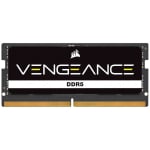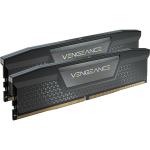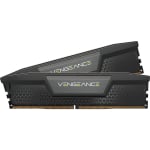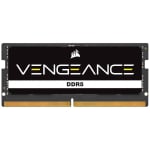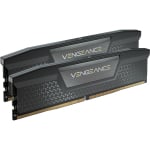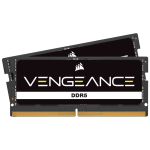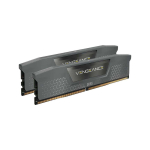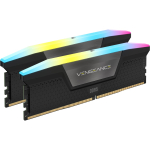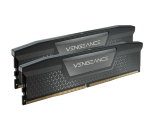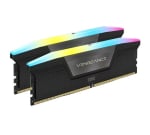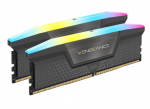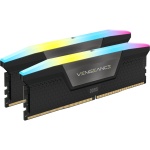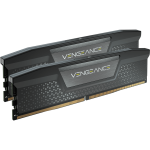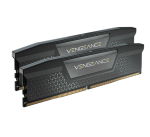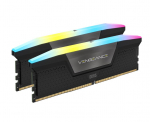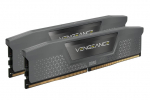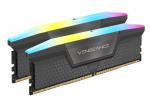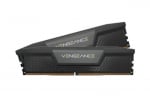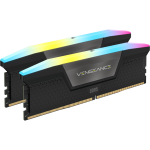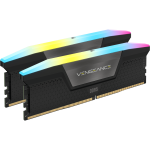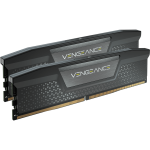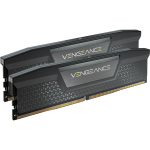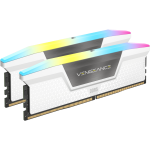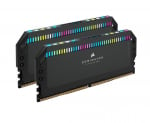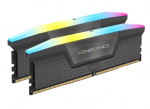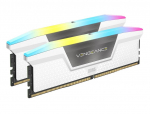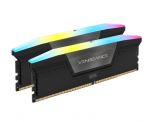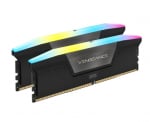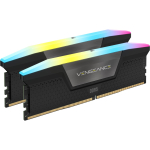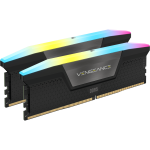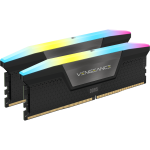What is a DDR5 RAM
DDR5 SDRAM (Double Data Rate 5 Synchronous Dynamic Random-Access Memory) is a synchronous dynamic random-access memory. DDR5 is expected to consume less power than its predecessor DDR4 SDRAM while doubling bandwidth. Decision Feedback Equalization (DFE), a new technology, enabling I/O speed scaling for increased bandwidth and improved performance. DDR5 has a higher bandwidth than its predecessor, DDR4, with a maximum of 4.8 gigabits per second. DDR5 will have a latency that is similar to DDR4 and DDR3. DDR5 will be quicker than DDR4 in terms of frequency.
How You can speed up the PC performance with DDR5 ram
DDR5 is a revolutionary new memory technology designed to meet the increasing processing needs of next-generation computers, providing a significant speed and performance boost over prior generations. The newly released DDR5 modules offer nearly double the performance of today's typical DDR4-3200 RAM kits. Some manufacturers claim speeds of up to 8,400MHz, with inherent frequencies of 4,800MHz. These speeds outperform even the most aggressively overclocked DDR4 modules on the market. Notably, DDR5 will be able to support up to 128GB capacity per module, a significant increase beyond DDR4's maximum capacity of 32GB per stick. With double the density and speeds, it's easy to understand why people would want to upgrade to the new modules.

